As we examine the statistics, the global wine industry is forecasted to reach USD 79.9 billion by 2027. After the seventh consecutive year of increase, the indicator is estimated to reach 412.9 billion U.S. dollars and, therefore, a new peak in 2027.
Health trends in the beverage sector indicate that natural wines have grown in popularity in recent years, captivating wine enthusiasts with distinct characteristics.
With changing beer industry trends, natural wine is a rare corner of the wine world that excites younger drinkers. Easy accessibility, variety of flavors & affordability are contributing factors making the organic wine market grow.
If you like to take sober sips and enjoy the best natural wines, there are plenty of options. This blog will explore the 9 best natural wines to drink in 2023.
Best Natural Wines for 2023
Shopping for wine without additives is nothing new. With natural wines gaining prominence, new palettes and preferences are being developed to meet the changing consumer shifts.
Let’s explore the natural wine brands.
1. Tillingham Endgrain White Wine
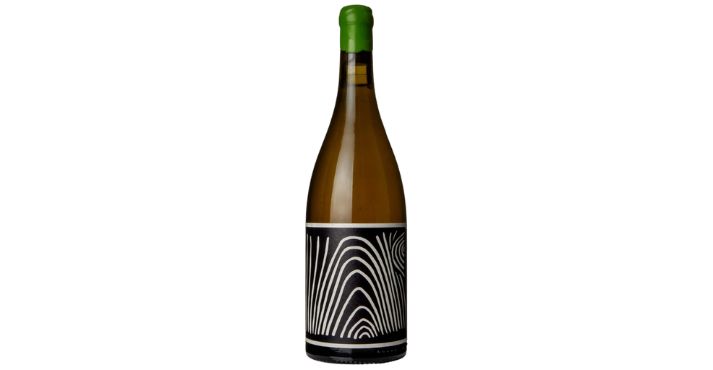
Origin: Sussex, England
Aroma: Fragrant notes of citrus, white flowers, and hints of stone fruit.
Flavor Profile: Crisp acidity with flavors of lemon, green apple, and a subtle minerality, leading to a refreshing finish.
Description: Originating from the Tillingham Estate in East Sussex, England, this wine is a testament to the region’s burgeoning reputation for quality wine production.
Tillingham Endgrain White Wine is hazy and pale green gold in appearance. It combines ancient traditional farming techniques and contemporary practices to create a range of low-intervention wines that allow the grapes to shine.
For the production of Endgrain wine, minimal intervention is made, resulting in a unique and expressive wine.
Here’s the recommended food pairing:
- Seafood such as oysters or grilled prawns
- Fresh salads, goat cheese
- Herb-infused chicken
2. Saint Nicolas de Bourgueil La Ferme des Fontaines
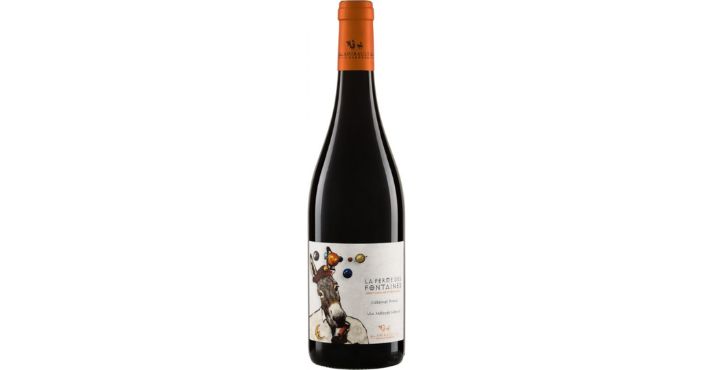
Origin: Loire Valley, France
Aroma: Aromatic bouquet of red berries, violet, and earthy undertones.
Flavor Profile: Silky texture with flavors of ripe cherry, raspberry, and hints of spice, complemented by smooth tannins and a lingering finish.
Description: Saint Nicolas de Bourgueil La Ferme des Fontaines is made without any addition of Sulphur Dioxide, which allows this precocious grape to be expressed in its purest and most profound form.
La Ferme des Fontaines is a renowned wine from the Burgundy region of France, specifically from the Côte de Beaune sub-region. It tastes a soft and caressing palate with a silky mouthfeel. La Ferme des Fontaines offers a truly exceptional flavor profile that includes
The La Ferme des Fontaines’ making process includes traditional techniques, with fermentation in French oak barrels. The wine is aged in oak for an extended period, allowing it to develop complex flavors and a refined texture. This aging process contributes to the wine’s distinct character.
Here are some food items that you can pair up with this wine:
- Lobster bisque
- Grilled lemon herb chicken
- Mushroom risotto
- French cuisine, such as Coq au Vin.
3. Emiliana Adobe Reserva Cabernet Sauvignon

Origin: Chile
Aroma: Intense aromas of blackcurrant, plum, and cedar with a touch of vanilla.
Flavor Profile: Full-bodied with ripe fruit flavors, balanced acidity, and velvety tannins, showcasing layers of blackberry, dark chocolate, and a hint of tobacco.
Description: It is grown in the Mediterranean climate of Chile’s Central Valley, hand-picked, and partially matured in oak barrels to soften and give a more complex character to the wine. The palate is concentrated and smooth, with a tremendous crunchy red fruit character.
During the production, 20% of this wine was aged in oak barrels for 6 months and later reblended to achieve a more complex character. It gives off attractive aromas of blackberry accompanied by spicy notes. Tannins provide characteristical grip and structure.
Here’s the recommended food pairing:
- Strong-flavored dishes
- Grilled meat
- Salami
4. Fleur de Savagnin Domaine de la Tournelle
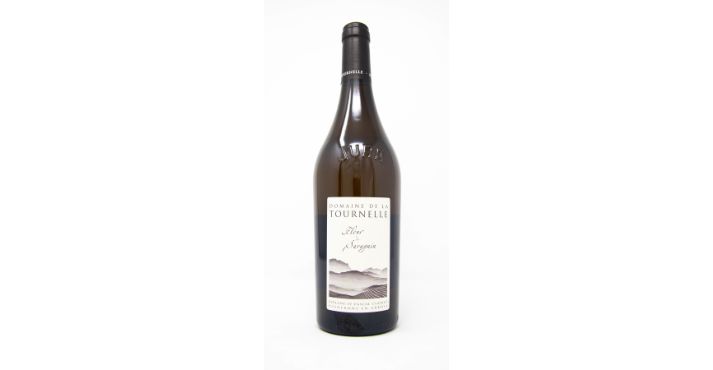
Origin: Jura, France
Aroma: Complex bouquet of dried fruits, nuts, and floral notes, with a distinctive oxidative character.
Flavor Profile: Rich and nutty with flavors of almonds, hazelnuts, and dried apricots, complemented by a saline minerality and a long, savory finish.
Description: Fleur de Savagnin from Domaine de la Tournelle is a distinctive and highly regarded wine produced in the Jura region of eastern France. It is known for its unique characteristics and meticulous winemaking process, resulting in a wine that stands out among its peers.
Fleur de Savagnin offers nutty aromas, oxidative notes of dried fruits, saline minerality, and well-balanced acidity.
The grapes are harvested later than typical white wine grapes and are aged in oak barrels under a yeast veil, leading to oxidative aging. This process imparts specific flavors and aromas to the wine.
Here are some food items that you can pair up with this wine:
- Barbequed Fish
- Cheese (other hard)
- Duck (roast or fried)
- Ham (smoked)
- Onion Flan
- Raclette
5. Domaine Catherine et Pierre Breton Trinch

Origin: Loire Valley, France
Aroma: Aromatic nose of red berries, wild herbs, and hints of underbrush.
Flavor Profile: Vibrant and juicy with flavors of strawberry, raspberry, and earthy spices, supported by fine-grained tannins and a lively acidity.
Description: It is one of the best organic wines that would sit neatly on any kitchen table. A delight to drink, this wine can take you from aperitif through dinner – it’s certainly hard to stop at one glass—a playful biodynamic Cabernet Franc from Loire winemaking veterans Catherine and Pierre Breton.
This wine is made using sustainable and biodynamic farming practices, which gives it a unique complexity and depth of flavor.
The palate has a soft and velvety texture with medium tannins and a long, satisfying finish. Fresh with juicy berry fruit and nervy acidity, the wine is rounded out by fine, spicy tannins.
You can pair this fine with the following foods:
- Roasted meats
- Stews
- Hearty & flavorful dishes
6. Pyramid Valley North Canterbury Orange Wine
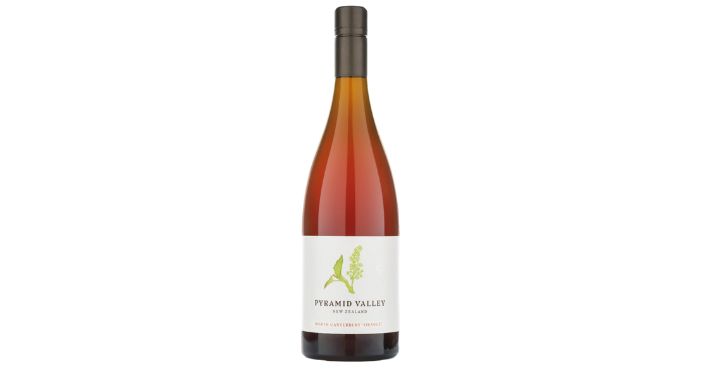
Origin: New Zealand
Aroma: Intriguing aromas of orange peel, jasmine, and dried herbs, with a touch of oxidative nuttiness.
Flavor Profile: Textured and complex with flavors of apricot, marmalade, and baking spices, layered with herbal nuances and a grippy tannic structure.
Description: Pyramid Valley North Canterbury Orange Wine is produced in the North Canterbury region of New Zealand and is crafted with great care and attention to detail. It is made through unconventional winemaking methods, resulting in an intriguing and exceptional wine.
Lifted floral aromas leap out of the glass, with orange rind and an earthy complexity. It is a luminant peach/copper hue with a light haze, great for wine pairing. It is textural but light-footed. The mouth-watering, powdery grip keeps everything tangy and fresh.
You can combine this fine with the following foods:
- Grilled shrimp with citrus herb marinade
- Roasted chicken with lemon and thyme sauce
- Spicy Thai green curry
- Moroccan tagine with preserved lemons
- Creamy goat cheese and herb risotto
7. Meinklang Pinot Noir
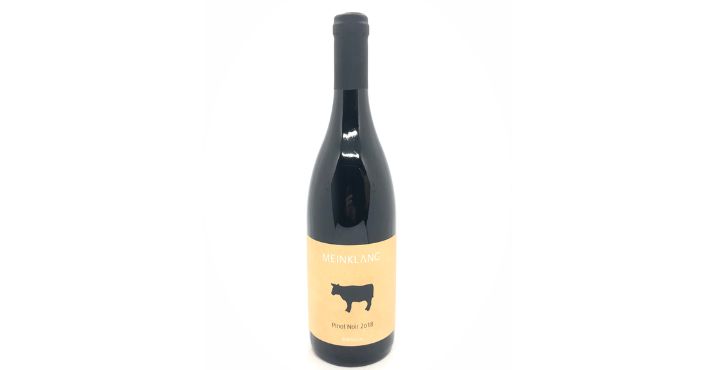
Origin: Burgenland, Austria
Aroma: Delicate aromas of red cherries, violets, and forest floor, with hints of cinnamon and clove.
Flavor Profile: Elegant and expressive with flavors of ripe strawberries, cranberries, and a touch of earthiness, framed by silky tannins and a long, harmonious finish.
Description: Meinklang Pinot Noir is grown in the Burgenland region of Austria. The grapes are grown biodynamically. After a gentle press, the wine aged 8 months partly in big used oak barrels and stainless steel.
With notes of ripe cherries, red currants, and hints of strawberries, this wine has a touch of spice, which adds depth and complexity to its character. On the palate, Meinklang Pinot Noir is marked by its silky texture and fine tannins, making it a smooth and elegant wine.
Here’s the recommended food pairing:
- Beef
- Veal
- Poultry
8. Nouveau Love Bite
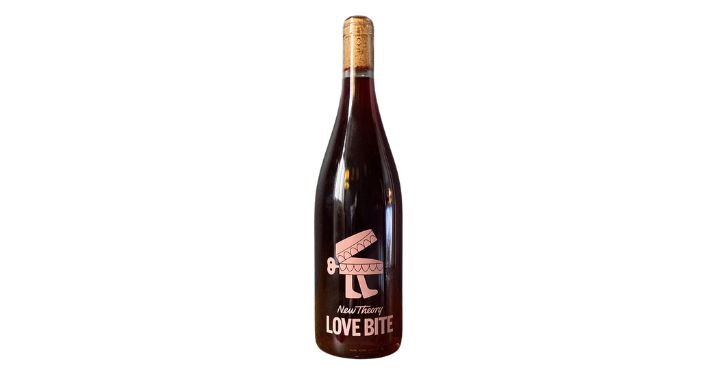
Origin: California, USA
Aroma: Bright and fruity nose with aromas of cherry, raspberry, and floral notes.
Flavor Profile: Fresh and lively with flavors of red currant, pomegranate, and a hint of spice, supported by soft tannins and a zesty acidity.
Description: Nouveau Love Bite is a fresh beaujolais-style Cinsault from the Stellenbosch area. It is hand-harvested, unfiltered, whole bunch, wild fermentation. Its lush and velvety texture caresses the palate, offering a delightful mouthfeel that enhances the wine’s overall appeal.
This wine exudes a bouquet filled with vibrant and expressive fruit aromas, particularly cherries and red berries, which create an inviting and fresh first impression. Ripe red cherries and currants take center stage, delivering a sweet and playful character.
Here’s the recommended food pairing:
- Grilled seafood such as salmon
- Caprese salad
- Roasted duck breast
9. Tindall Reserve Organic Pinot Noir
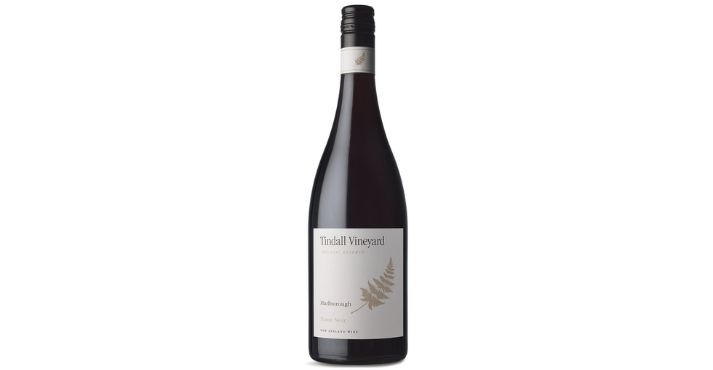
Origin: Marlborough, New Zealand
Aroma: Intense aromas of ripe cherries, plums, and subtle oak spices.
Flavor Profile: Smooth and velvety with flavors of dark berries, vanilla, and hints of toasty oak, leading to a long, supple finish.
Description: The absolute beauty of Tindall wines is the commitment of Terry and Lynley Sowman, small producers using only grapes from their certified organic vineyard.
The wild yeast fermentation creates a beautiful array of savory characters and underlying earthy tones. Gentle acidity and fine tannins give this wine outstanding balance and structure, promising longevity.
Beautiful, bright, ruby red has red cherry, plum, smoky aromas, and a ripe, soft, red-fruited palate. It was complemented by hints of violets and subtle earthy quality, creating a complex and alluring olfactory experience.
To enhance taste, you can pair this fine with the following foods:
- Wild mushroom risotto
- A charcuterie board with prosciutto, brie, and figs
- Seared tuna with a sesame crust and soy-ginger glaze
Best Natural Wines (FAQs)
Is natural wine expensive?
Yes, natural wine tends to be expensive. Natural wines are usually made by small farmers who use manual labor in their vineyards.
Is natural wine alcoholic?
Natural wine is generally lower in alcohol content than conventional wine. The alcohol is a natural byproduct of the fermentation process, where yeast converts sugar into alcohol in the grape juice.
Why do people drink natural wine?
People drink natural wine as it tends to be free from additives, and ingredients are sustainably sourced and environmentally friendly.
Conclusion
Nature winemaking is gaining momentum and continues to captivate wine enthusiasts worldwide. Natural wines are more than just a trend; they are a testament to the enduring connection between the land, the grape, and the passionate hands that craft these exceptional elixirs.
From the enchanting Fleur de Savagnin’s nutty aromas to Pyramid Valley’s North Canterbury Orange Wine’s intriguing complexity, these selections glimpse the diverse world of natural wines.
These 9 best natural wines discussed above showcase the beauty of unadulterated flavors and sustainable practices.





























